1. Four Loko
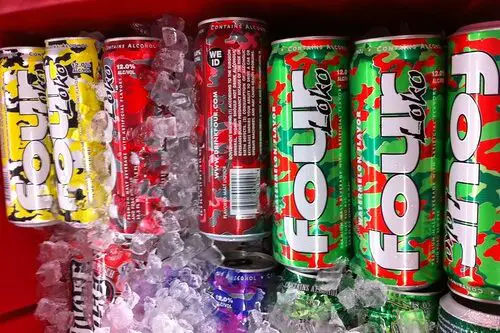
If you’ve heard of Four Loko, you probably know its reputation as “blackout in a can.” Originally, it combined caffeine, alcohol, and other stimulants in one neon-colored package, which sent health officials into a panic. The FDA actually forced a reformulation in 2010 because of concerns about mixing booze and high doses of caffeine. Abroad, that original version would almost certainly be illegal today.
Even in its current form, Four Loko is still considered controversial due to its huge serving size and alcohol content. Some cans pack more alcohol than an entire bottle of wine. In countries with tighter alcohol rules, it would be seen as encouraging binge drinking. Let’s just say, Four Loko has always thrived on shock value.
2. Mountain Dew
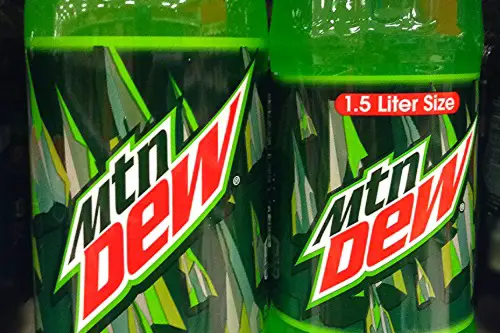
Mountain Dew is the poster child for over-the-top soda culture. It’s packed with sugar and caffeine—more than most colas—and that combo has gotten it plenty of criticism worldwide. For years, it also contained brominated vegetable oil (BVO), a flame-retardant chemical used to stabilize flavoring. That ingredient has already been banned in the European Union and Japan.
While PepsiCo has removed BVO in the U.S., Mountain Dew still has a “dangerous drink” reputation in other countries. The name itself has become shorthand for extreme amounts of sugar and energy. If you’re chugging it abroad, people might look at you like you’re doing something reckless. It’s basically liquid candy with a caffeine kick.
3. Jolt Cola

Jolt Cola was basically marketed as the soda equivalent of pulling an all-nighter. Its slogan, “All the sugar and twice the caffeine,” tells you everything you need to know. In the 1980s and 1990s, this was the go-to drink for students, programmers, and anyone trying to stay awake for way too long. It was years ahead of the modern energy drink craze.
Most other countries would have frowned on a drink that proudly doubled down on sugar and caffeine. Even in the U.S., it eventually faded away, but not before leaving behind a cult following. In places with stricter food and drink regulations, Jolt would’ve been flagged as an unhealthy stimulant. It was basically a dare in a can.
4. Surge
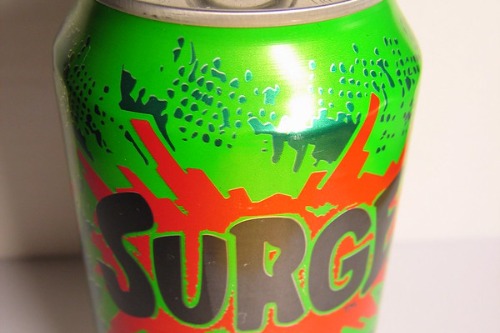
If you were a kid in the 1990s, you probably remember Surge as Coca-Cola’s answer to Mountain Dew. It was neon green, over-caffeinated, and marketed to skateboarders and extreme sports fans. Norway actually banned it for years due to its high caffeine content. That’s how intense it was considered abroad.
Surge was discontinued in the early 2000s, only to make a nostalgic comeback thanks to a grassroots fan campaign. Even so, it still has a bad reputation among health experts for being a sugar bomb. With its massive energy hit and kid-focused marketing, it’s not surprising other countries raised eyebrows. Surge wasn’t just a soda—it was a lifestyle brand of chaos.
5. High-Caffeine Energy Shots (like 5-Hour Energy)
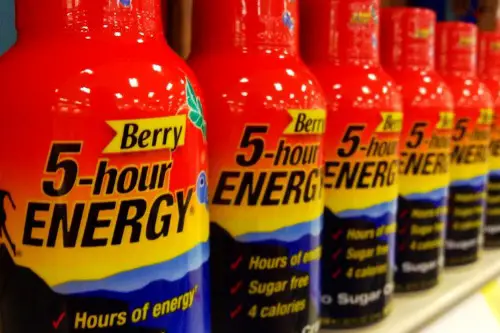
These little bottles might look harmless, but they pack a serious punch. A single 5-Hour Energy contains about as much caffeine as two cups of coffee in just a few gulps. That concentrated hit has been linked to hospital visits in the U.S. for people sensitive to caffeine. Abroad, such high doses in a tiny package would likely trigger warning labels.
Other countries are much stricter about maximum caffeine levels per serving. The U.S. has been fairly lax, letting these shots be sold at every gas station counter. While Americans see them as a quick fix, regulators elsewhere see them as risky. It’s basically turbo-charging your bloodstream in two seconds.
6. Hard Seltzers with High Alcohol Content
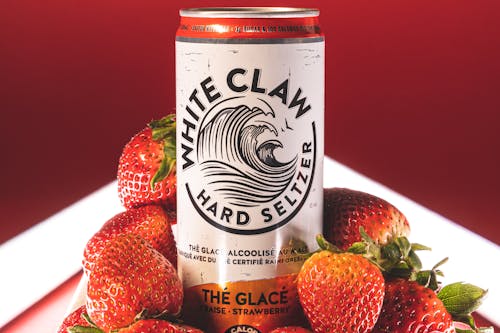
White Claw may have started as a fad, but some American hard seltzers pushed the envelope with high alcohol content. Certain brands went as high as 12% ABV in a single tall can, which is nearly as strong as wine. In many countries, regulators put strict caps on what qualifies as a “ready-to-drink” beverage. Those limits would rule these out immediately.
The issue isn’t just alcohol—it’s the casual way they’re marketed. Bright colors, fruity flavors, and low-calorie tags make them look like harmless sparkling water. But at those strengths, drinking a couple can sneak up on you fast. Abroad, this “disguised booze” would be taken much more seriously.
7. Colt 45 “Blast” by Snoop Dogg
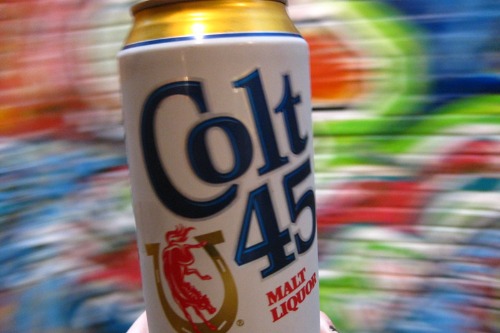
This drink was infamous when it launched. Colt 45 marketed it like a fun fruity soda, but in reality, it was a malt liquor with up to 12% alcohol. That kind of product—alcohol that tastes like candy—has been heavily criticized for appealing to underage drinkers. Abroad, regulators would’ve likely banned it outright.
Even in the U.S., it sparked so much backlash that it was quickly pulled from shelves. Public health groups slammed it for being a dangerous mix of marketing and alcohol content. If you weren’t paying attention, you could mistake it for a soft drink. In stricter countries, that would never fly.
8. Caffeinated Alcoholic Beverages (Pre-2010 Versions)
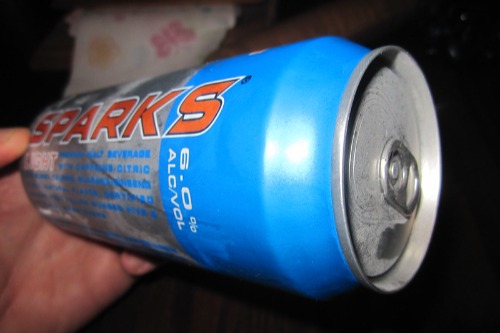
Before regulators stepped in, there was a wave of caffeinated alcoholic drinks that hit the market. These included products like Sparks and the original Four Loko. They combined stimulants like caffeine and guarana with strong alcohol, creating what critics called “wide-awake drunk” syndrome. That’s a dangerous combo for obvious reasons.
The FDA forced these off the shelves in 2010, calling them unsafe. Other countries never would’ve allowed them in the first place. Today, if you see similar drinks abroad, they come with serious restrictions. America just learned the hard way why mixing energy drinks with alcohol in one can is a bad idea.
9. Yoo-hoo
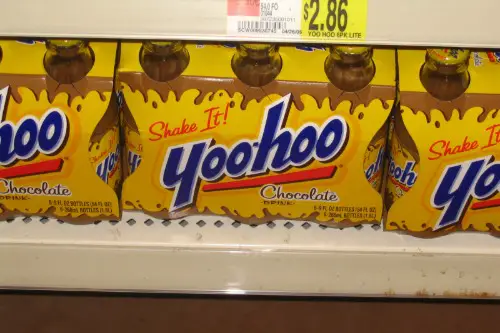
On the surface, Yoo-hoo looks like harmless chocolate milk in a bottle. But here’s the kicker—it’s not actually milk. Instead, it’s a chocolate-flavored beverage made with water, corn syrup, and whey. In countries with stricter labeling laws, calling this a “milk drink” would be misleading.
The sugar content is also through the roof, which is another reason it wouldn’t pass muster abroad. Europeans, for instance, regulate dairy-based drinks differently than sugary sodas. Yoo-hoo falls into a gray area that might not even legally exist in other markets. Basically, it’s candy in disguise as a dairy drink.
10. “Supersized” Fast Food Sodas
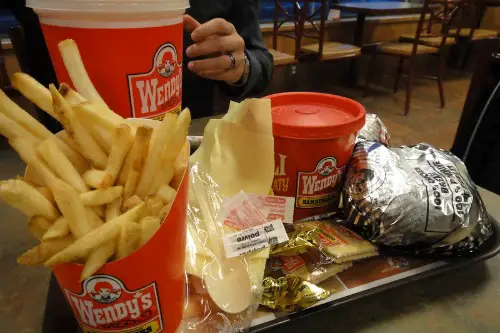
In the U.S., a large soda can be 64 ounces—basically a bucket of sugar water. Abroad, that size alone would likely trigger restrictions. Many countries already cap serving sizes or heavily tax large sugary drinks. In New York, they even tried to ban sodas that big.
While Americans have normalized it, other places would see it as an absurd portion size. These drinks contain more sugar than a person should consume in an entire day. If you tried to sell a 64-ounce Coke in Europe, it would cause outrage. Abroad, “supersizing” is basically shorthand for American excess.
11. Alcopops (like Mike’s Hard Lemonade)
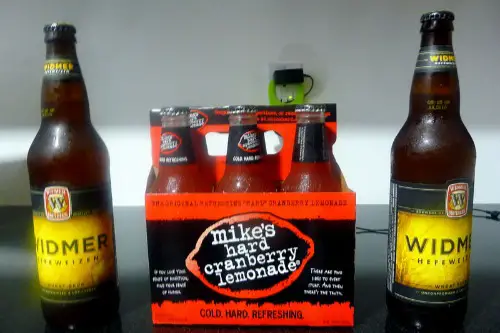
Drinks like Mike’s Hard Lemonade are designed to taste like soda or fruit punch, but they’re alcoholic. This “sweet but strong” combo has been criticized for appealing to teens. In countries with stricter rules, alcopops either come with warning labels or are outright banned. They’re seen as gateway drinks to underage binge drinking.
The alcohol content isn’t astronomical, but the sugary disguise makes it easy to overdo. While Americans see them as casual summer drinks, abroad they’re viewed as dangerous for younger consumers. The U.K., for example, has cracked down hard on this category in the past. Alcopops blur the line between soda and booze a little too well.
12. Fireball Cinnamon Whisky
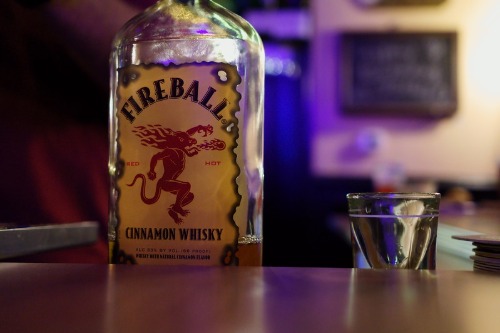
Fireball is famous for its candy-like taste and reputation as a party shot. But in 2014, it was recalled in several European countries because of high levels of propylene glycol. That’s a chemical used in antifreeze, though in small amounts it’s considered safe in the U.S. Even so, it freaked people out.
In Europe, regulators didn’t want it anywhere near food or drink. Fireball has since reformulated, but the episode left a lasting mark. Abroad, the drink is still often seen as sketchy because of that history. The idea of cinnamon whisky laced with industrial chemicals doesn’t exactly build confidence.
13. Root Beer with Artificial Sweeteners
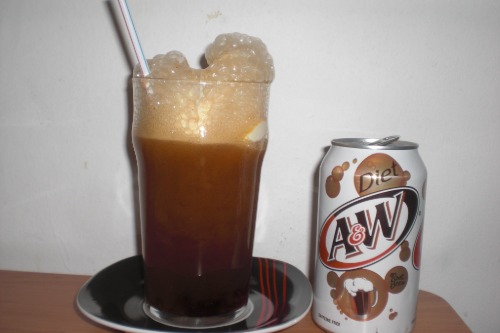
Root beer itself is a uniquely American soda—it’s barely sold abroad. But some brands use artificial sweeteners like saccharin or cyclamates, which are banned in parts of Europe and Asia. The flavoring chemicals, like sassafras oil, were also restricted due to health concerns. Altogether, it makes root beer seem risky overseas.
In the U.S., it’s nostalgic and fun, tied to ice cream floats and childhood memories. Abroad, though, the ingredient list raises red flags. Some people outside the U.S. even describe it as tasting like medicine. It’s a drink that really doesn’t translate across borders.
This post 13 American Drinks That Would Be Banned Abroad was first published on American Charm.


